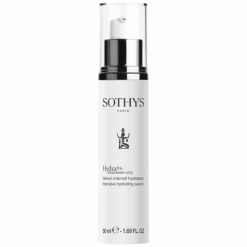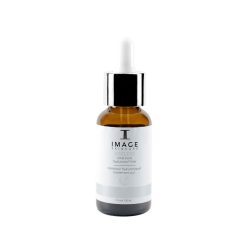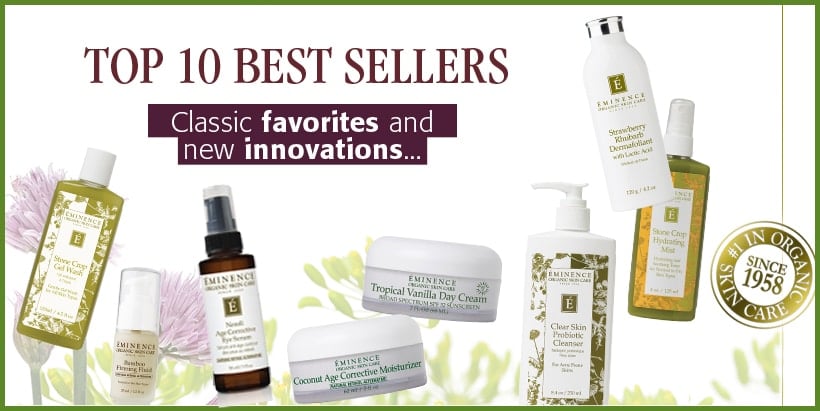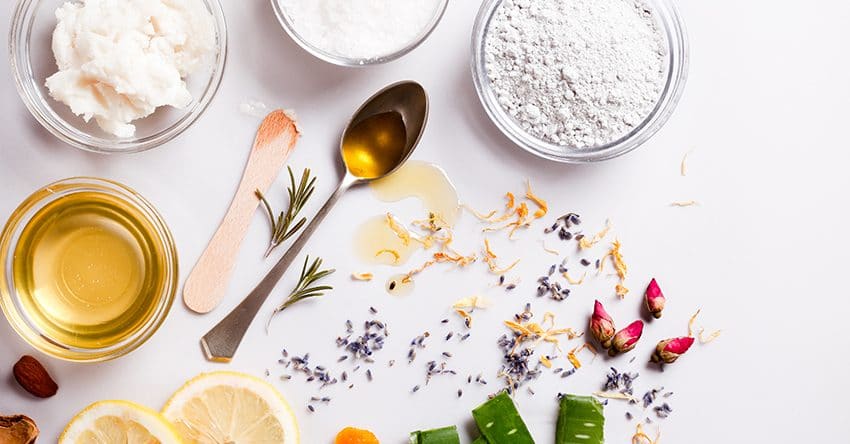Are you a newbie to skin care? Then this post is undoubtedly very beneficial for you. Starting skin care, people suffer from slow or no results despite wasting money and time, and even reactions on the skin leading to rashes, redness, or even patch formation. The main reason is a lack of knowledge of skin care actives combinations.
Using ingredients that cannot be used complimentary can lead to the effects mentioned before, hence should be avoided by one. In this article, we will dive deep into all the commonly occurring skin care actives in products and explain whether mixing skin care ingredients complement each other or not with proper reasoning.
Here we narrow down a list of skin care actives for you to step ahead in your skin care routine.
Vitamin A (Retinol)
Whenever it’s all about nourishing your body, vitamins come to your rescue. That’s the reason they are the active ingredients in many cosmetics.
Do you want to reverse your age? Obviously not the number but your looks! Then next time you go skincare product shopping, look for vitamin A as an ingredient. As this small, fat-soluble molecule penetrates deep into your skin, it will help in:
- Neutralizing free radicles in the skin.
- Increasing skin cells’ growth by stimulating the production of collagen.
- Reducing the effect of fine lines, wrinkles, and age spots.
- Cleansing the clogged pores deeply.
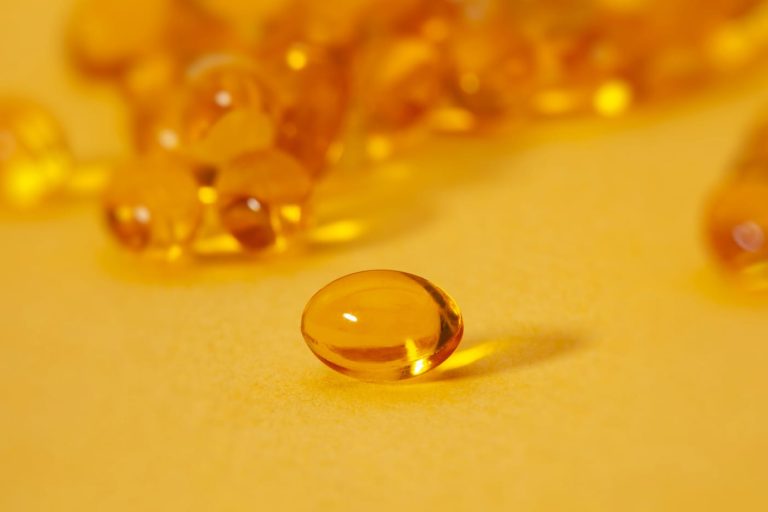
Vitamin B (Niacinamide)
A water-soluble compound often used for its vital role in cell metabolism and red blood cell production is also very beneficial as a skincare active. This magic skincare active possesses the ability to:
- Reduce pore size
- Reduce skin dullness
- Smoothen skin texture
- Regulate sebum secretion
It’s not the best part yet! Due to its slightly acidic nature (4.5), it neither irritates nor burns your skin. So if you have sensitive skin, you don’t need to worry about this too! Vitamin B is best for oily skin, so people with oily skin can use this as an active ingredient.
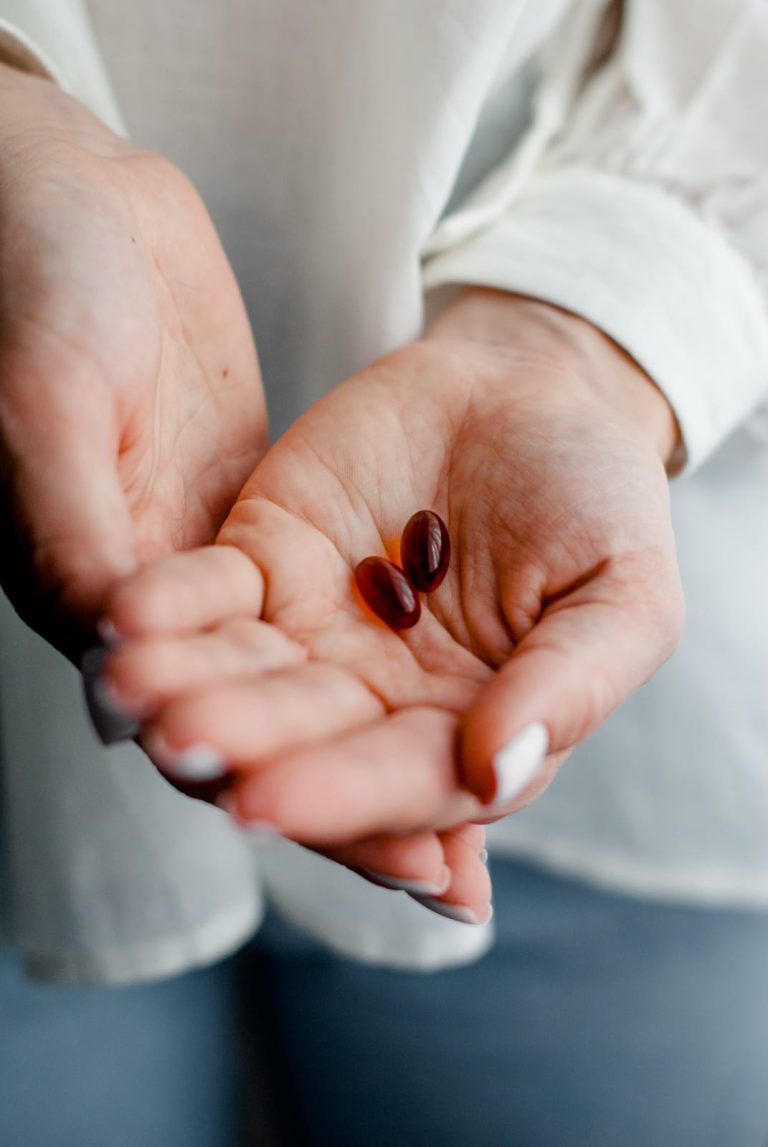
Vitamin C (Ascorbic acid)
Yet another vitamin that can help to improve your skincare routine. Applying it to your skin will make it brighter and improve its elasticity which is only possible as vitamin C encourages collagen production. Collagen strengthens skin and capillary walls, which led to the results mentioned before.
But Vitamin C, being an acid, can be harsh to the skin as it has a pH of approx 2-3 means this can irritate your skin a bit. That is why many dermatologists suggest its use by people having mature skin. But thanks to the chemists out there, people having sensitive skin can still benefit their skin by using its derivative, which is not as harsh as ascorbic acid and is safe to use as it is comparatively gentle!
-
Vitamin C Serum Plus Antioxidant
$72.00Original price was: $72.00.$36.00Current price is: $36.00. Add to cart
Dermatologists' tip here!
Use a minute amount of vitamin C to apply initially and increase on-demand with time gradually to avoid sudden reactions on the skin.
Alpha arbutin
Alpha arbutin is generally an active ingredient in whitening creams, and this is because of its mode of action. It is an inhibitor of the tyrosinase enzyme. Tyrosinase is responsible for melanin production. A decrease in melanin production lightens the skin pigmentation giving a brighter skin tone.
Alpha arbutin is mainly the extracts from fruity goodness such as cranberries and blueberries and is also almost neutral (5.5 to 6 pH); this self explains that it is safe to use on the skin.
Apart from just skin whitening, they are also used to treat:
- Sun pigmentation by acting as a sunscreen.
- Scars, acne, and patches.
If you ever go through the active ingredients of good serums, they must contain hydroxy acids. So now, let us extend the list toward hydroxy acids. Hydroxy acids are even of two types; AHA and BHA. Apart from the fact that they have differences in terms of polarity, other differences help us choose whether AHA or BHA is better to use in a particular product as an active ingredient.

AHA (Alpha-hydroxy Acids)
This water-soluble acid, often extracted from milk and fruit, is an excellent chemical exfoliant that will flay the damaged epidermis eliminating dead skin cells, blackheads, and whiteheads.
The common AHAs are:
- Glycolic Acid.
- Lactic Acid.
- Mandelic Acid.
- Citric Acid.
- Tartaric Acid
Attention!
Glycolic acid can be harsh, so avoid using it if you think your skin is sensitive!
The other acids listed above are gentle and can be used by all.
BHA (Beta-hydroxy Acids)
Yet another acid is used as an exfoliant, but as it has a fat and oil-soluble nature, it can penetrate deep down to your skin, removing dead skin cells and killing bacteria. It also limits excess sebum secretions; therefore can be used to treat oily skins.
To summarize things, AHAs can be used to:
- Even out your skin tone.
- Reverse aging by treating fine lines, wrinkles, age spots, and open pores.
- Neutralize hyperpigmentation and scars.
And BHA can be used to:
- heal inflammation caused by bacteria.
- Cleanse skin deeply.
- Treat acne and patches.
- Get rid of skin redness such as in rosacea.

Hyaluronic acid
Yet another acid to advance your skincare results. Hyaluronic acid:
- retains moisture
- reduces wrinkles, open pores, fine lines of skin
- makes your skin grime free
- accelerates healing of skin (rashes, wounds, and patch-free skin)
Seeing that many acidic active ingredients and the goodness they possess, you might be surprised, and fear in using them might have vanished too!
Discussing all the active ingredients is not just enough to boost your skincare routine. All these uses mentioned were to make you aware of their mode of action on your skin. Now, things have just started. As of now, we will not only be discussing layering skincare care actives but also fruitful mixing of skincare actives and skincare actives not to mix.
The fundamental tip for all skincare conscious here!
Always apply skincare products to clean and dry skin. Firstly, Rinse your face with soap thoroughly, then pat dry it with towels.
-
Sothys Hydra 3Ha Hyaluronic Acid Intensive Hydrating Serum – 1.69 oz
$97.00Original price was: $97.00.$72.18Current price is: $72.18. Add to cart -
Image Skin Care Ageless New Total Pure Hyaluronic Filler – 1oz
$70.00Original price was: $70.00.$57.72Current price is: $57.72. Add to cart
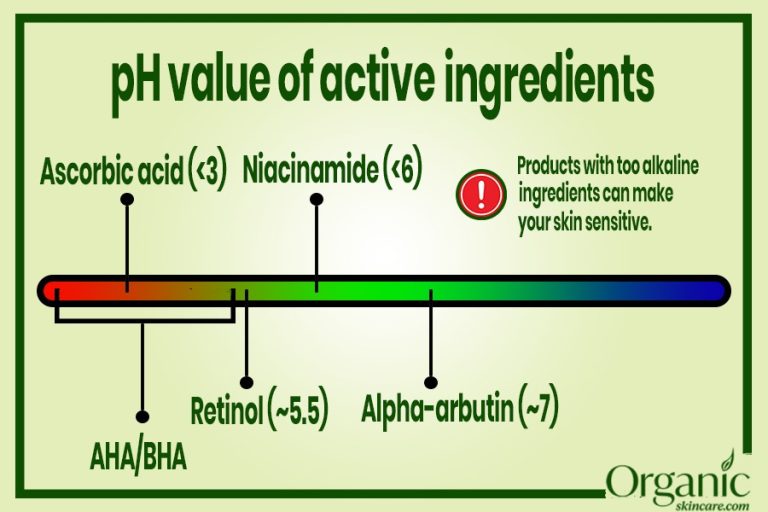
Skin Care Ingredients That Work Well Together!
Starting with the good ones, let’s talk about mixing;
1) Hyaluronic acid and retinol
This duo makes sense when we break down their natures. Retinol possesses powers to reverse your age, but unfortunately, it can make your skin too dry. Hyaluronic acid can hydrate the dried skin. When layering skincare actives, it’s better to apply retinol first, then top this off with hyaluronic acid. So, it’s reliable to use without any side effects and is one of the most popular combinations.
2)Retinol and niacinamide
According to researchers, the use of retinol can be potent. Using niacinamide will help to tolerate the strong effect of retinol. This combination is compatible with sensitive skins too.
Niacinamide will heal the damages caused by environmental strain and boost ceramides production beneath your epidermis. Ceramides are notorious for retaining moisture!
3)Niacinamide and vitamin C
This combination was controversial, not anymore, by the way! According to derms, if you mix niacinamide with vitamin C at a high temperature, it can form a strong acid called nicotinic acid. Nicotinic acid has a pH of around 2.7. They suggest this combination is as dangerous as applying this on the skin can irritate.
But, later, fact-finding lists this combination among do’s! The benefits it bore were enough to draw the attention of derms, as it is capable of
- Evening out your skin.
- Making skin glow.
- The eradication of dullness and pigmentation.
For layering skincare actives, apply vitamin C on your skin as it is acidic, and massage with niacinamide afterward.
Protip here!
It’s better to maintain 30 min gap between applying vitamin C and niacinamide so that vitamin C absorbs well!
4)Niacinamide and alpha-arbutin
A safe combination to use as both active ingredients are almost at a neutral pH; niacinamide(4.5) and alpha-arbutin(5-6.6). That indicates that they will neither burn out nor irritate your skin.
Keeping in mind the roles of each active ingredient, mixing these ingredients will help you achieve:
- Hydrated and elasticized skin
- Hyperpigmentation free skin
- Balanced skin tone
If you use this duo to treat your hyperpigmentation, it’s better to apply an alpha-arbutin-based product first, then top it off with a niacinamide-based product. But, make sure you wait for alpha-arbutin to absorb in your skin.
If the concern is to regulate excess sebum secretion or deep cleansing to unclog your clogged pores, apply niacinamide first instead! Later, layer it with alpha arbutin.
5)Niacinamide and AHA/BHA
A great combination to improve your skin texture and reduce:
- Dryness, as niacinamide act as a hydrating agent.
- Dullness, due to deep cleansing by the action of BHA and AHA.
- Pigmentation, due to epidermis flay off by the action of AHA.
First, apply AHA/BHA as a chemical exfoliant, then layering this off with niacinamide will get the job done! But remember to keep at least 30 min delay.
6)Vitamin C and hyaluronic acid
Do you have a breakout in the skin and tried every remedy but still had no success? Stand aside, everyone!
Try using products with these as an active ingredient!
Due to its moisture-retaining properties, hyaluronic acid helps make your skin hydrated and flexible. Moreover, It will speed up the healing process of wounds you might have caused by stroking your acne and pimples!
Upon recommended usage, its age-defying feature will vanish your wrinkles, fine lines, and visible pores.
Considering the sole benefits of vitamin C, this combination will elevate your skincare routine surely!
When mixed, the negative impact of vitamin C, which might include breakouts and dried skin, the hyaluronic acid outweighs these impacts by causing a moisture barrier.
Because it can protect and strengthen your skin single-handedly, this mixture is one of the most popular combinations in skincare products!
Protip!
If you have vulnerable skin, it is always better to concern with your dermatologist first before applying an active ingredient with lower pH.
7) AHA/BHA and hyaluronic acid
Using acid-based products as a chemical exfoliator makes your skin often dehydrated, but using hyaluronic acid will help to make your skin supple and hydrated.
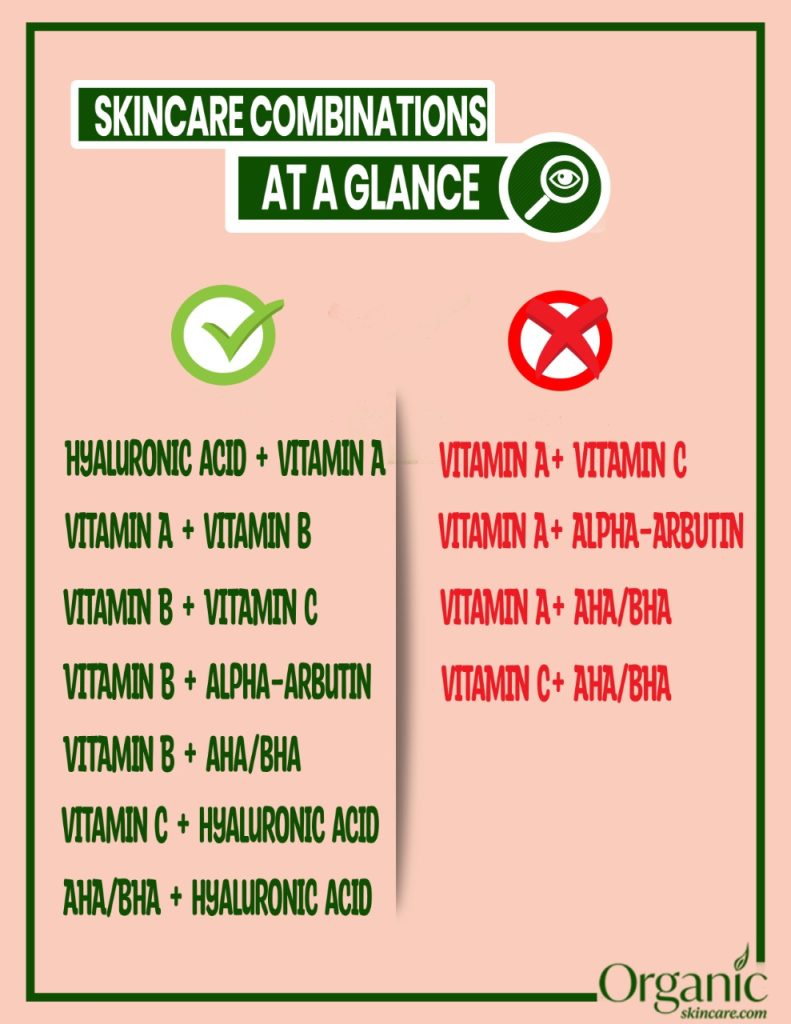
Skin Care Ingredients Not To Mix!
That is all about mixing skin care ingredients. Now let us turn our attention to skin care ingredients that you shouldn’t mix. It is even more important to know the don’ts of combining skin care actives; for effective skin care.
You may have wondered why your skin care regimen gives you breakouts or is not even working; one reason is that the combinations of skin care actives you use are faulty!
1)Retinol and Vitamin C
You better avoid products having retinol and vitamin C combined. That is because of the combination of pH. Retinol works best in neutral pH, which can be approx 5-6. Layering vitamin C (pH 2-3) can disrupt the functioning of retinol because of its acidic nature. Moreover, both of these skincare actives are potent and can harm due to overactivity.
Next time make sure you don’t layer them up. Instead, apply it to your skin alternatively, one at a time!
2)Retinol and alpha-arbutin
As retinol and vitamin C don’t mix due to combination in optimum pH, similarly; alpha arbutin needs an acidic medium to mix well in your skin (around 3.5-4). And that is not the case with retinol, as it needs 5-6 approx.
So it’s better not to layer these skincare ingredients if you don’t want to waste money!
3)Retinol and AHA/BHA
One of the reasons derms invalidate the mixing of retinol with AHA/BHA is that; both reduce the skin moisture making the skin dehydrated. So, using them together can show an adverse effect on your skin.
Besides this, it is also not recommended to use potent ingredients such as retinol after the chemical exfoliation by AHA/BHA. Upon usage, layering these skincare actives can induce hypersensitivity leading to redness and skin irritation, and can even disrupt the healing action of retinol.
Attention!
Always avoid retinoids on the same day after applying acidic skincare actives!
4)Vitamin C and AHA/BHA
Ascorbic acid and AHA/BHA, as they have acidic nature, can irritate your skin. Layering both at once can drain your skin moisture.
Some derms even allow it to use, which might be surprising for some! But that’s for those patients having quite oily skins. In addition, this applies to those also who got mature skin and can bear the excess acidity.
Well, these are some dos and don’ts to be aware of next time you shop for skin care actives. These guidelines will surely help to raise the bar on your skincare habits.
Frequently Asked Questions
What does active mean in skincare?
Includes ingredients in your skincare products that target specific skincare concerns. Such as:
- Acne
- Reversing aging signs
- blackheads
- Healing
- Curing pigmentation etc.
How do I start using actives?
To do this, first, know your skin type and nature. Always apply actives according to their behavior and reaction on your skin, balancing your optimum skin pH. Do a patch test.
First cleanse, then exfoliate, then smear your skincare actives.
What can you not mix with niacinamide?
Mixing it with retinol is among the most common don’ts.
What goes first, niacinamide or vitamin C?
For layering skincare actives, apply vitamin C on your skin as it is acidic, and massage with niacinamide afterward.
Can you mix niacinamide with lactic acid?
Yes, of course! Lactic acid is one of the AHAs, and niacinamide compliments well with AHAs and BHAs.
What is the best pH for skincare products?
It can be as low as “3” and as high as “7”.
Remember! Your normal skin pH is 5-6, so it’s better to remain in bounds!
Just remember! Your skin needs attention and your care, so apply everything to it wisely!



